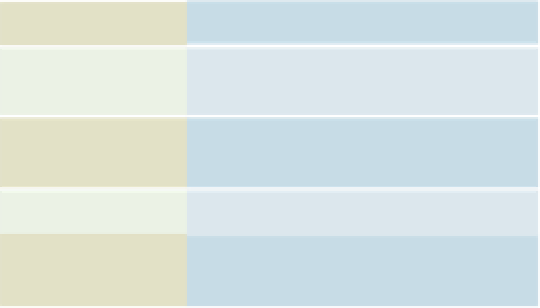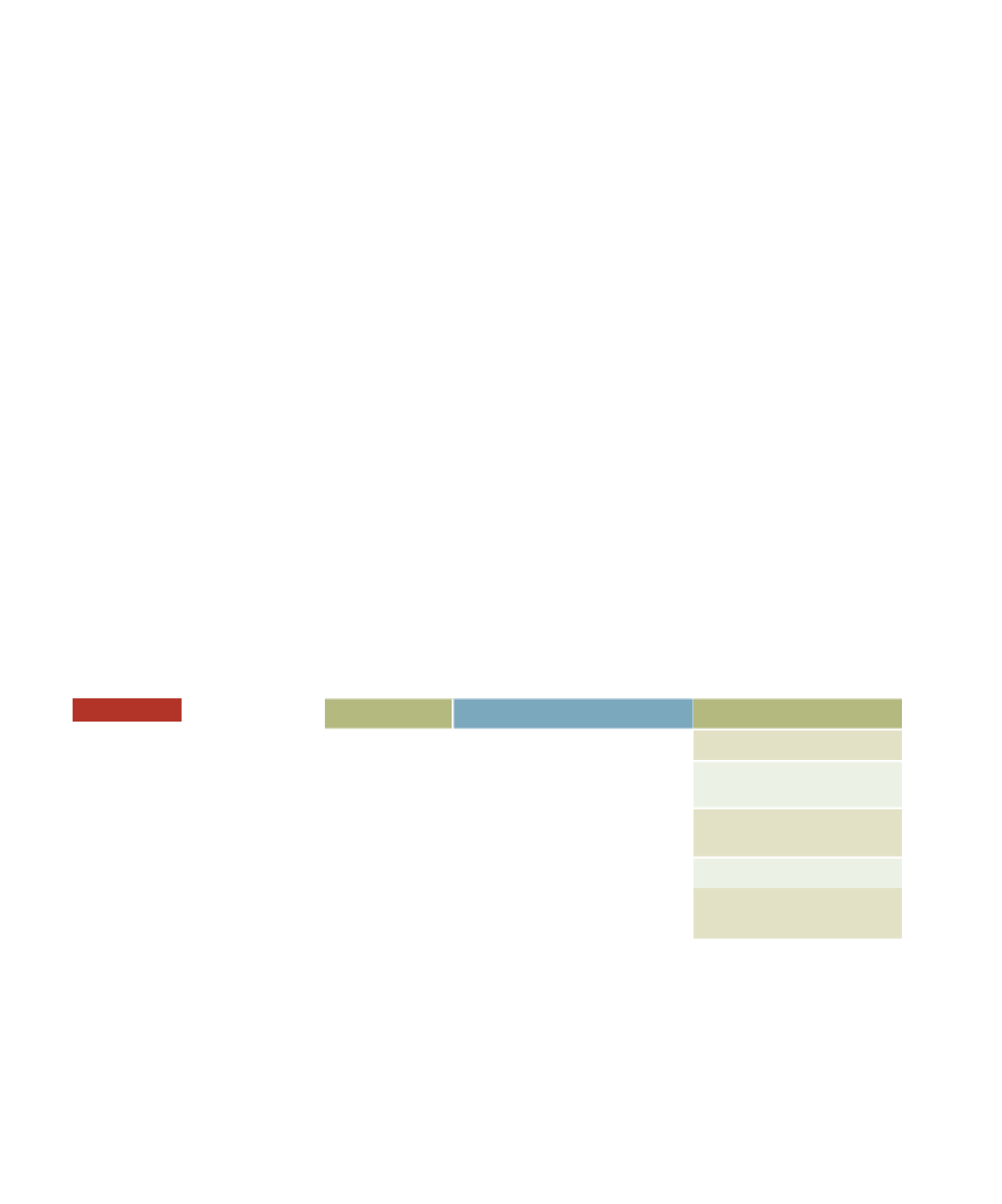Information Technology Reference
In-Depth Information
In addition to buying, leasing, or renting computer hardware, companies can pay only
for the computing services that they use. Called “pay-as-you-go,” “on-demand,” or “utility”
computing, this approach requires an organization to pay only for the computer power it
uses, as it would pay for a utility such as electricity. A bank, for example, can buy only the
computer resources it needs from IBM and other companies. Hewlett-Packard offers its
clients a “capacity-on-demand” approach, in which organizations pay according to the com-
puter resources actually used, including processors, storage devices, and network facilities.
Companies can also purchase used computer equipment. This option is especially at-
tractive to firms that are experiencing an economic slowdown. Companies often use tradi-
tional Internet auctions to locate used or refurbished equipment. Popular Internet auction
sites sometimes sell more than $1 billion of computer-related equipment annually, and com-
panies can purchase equipment for about 20 or 30 cents on the dollar. However, buyers need
to beware: Prices are not always low, and equipment selection can be limited on Internet
auction sites.
Acquiring Software: Make or Buy?
As we have discussed throughout this topic, software can make the difference between profit
and loss, life and death. The SmartBeam IMRT software program from Varian Medical
Systems, for example, focuses radiation beams to kill cancer cells, spare good cells, and save
the new is like comparing a flashlight to a laser beam.”
As with hardware, application software can be acquired in several ways. As previously
mentioned, it can be purchased from external developers or developed in-house. This decision
is often called the
make-or-buy decision
. A comparison of the two approaches is shown in
Table 13.4. Today, most software is purchased. SAP, the large international software com-
pany headquartered in Germany, produces modular software and sells to a variety of
companies. The approach gives its customers using the software more flexibility in what they
use and what they pay for SAP's modules. The key is how the purchased systems are integrated
into an effective system. Software can also be developed or made. Allstate Insurance, for
example decided to develop a new software program, called Next Gen, to speed claims pro-
over $100 million on the new software.
make-or-buy decision
The decision regarding whether to
obtain the necessary software from
internal or external sources.
Table 13.4
Factor
Off-the-Shelf (Buy)
Developed (Make)
Comparison of Off-the-Shelf
and Developed Software
Cost
Low Cost
High Cost
Needs
Might not get what you need
Custom software
to satisfy your needs
Quality
Usually high quality
Quality can vary depending
on the programming team
Speed
Can acquire it now
Can take years to develop
Competitive
advantage
Other organizations can have the
same software and same advantage
Can develop a competitive
advantage with good software
Externally Acquired Software and Software as a Service (SaaS)
A company planning to purchase or lease software from an outside company has many op-
tions. Commercial off-the-shelf development is often used. The
commercial off-the-shelf
(COTS)
development process involves the use of commonly available products from software
vendors. It combines software from various vendors into a finished system. In many cases, it
is necessary to write some original software from scratch and combine it with purchased or
leased software. For example, a company can purchase or lease software from several software
vendors and combine it into a finished software program.







